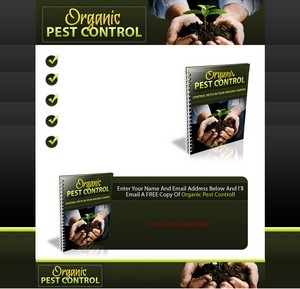
 License Type: Private Label Rights
License Type: Private Label Rights  File Size: 22,847 KB
File Size: 22,847 KB File Type: ZIP
File Type: ZIP
 SKU: 4188
SKU: 4188  Shipping: Online Download
Shipping: Online Download
Ebook Sample Content Preview:
You can choose to buy plants that are already growing that can be found at most garden centers, but if you do this, you can’t be sure what pesticides have come in contact with these plants. Your goal, as an organic gardener, is to avoid these chemicals, so we recommend starting your garden from seed.
If you want to simply plant the seeds directly in the ground, that’s fine, just remember that growing from seed takes a little more time than growing from plants, so be patient!
Don’t get too over-anxious here! Many beginners will take a seed packet and dump its contents into the ground hoping a few plants will spring up. What they don’t realize is that with care, they will probably ALL come up – or at least most of them.
The problem here is that these plants will strive for air and light developing tall, weak stems and they will not thrive as they choke each other out.
There are some plants that can be seeded thickly. These include peas, parsnips, radishes and bush beans. It’s fine to block these together as they will grow fine in clumps.
Seeds have within them everything they need to grow, except moisture and warmth. But, if you pile 4-inches of soil over them, though, they are overwhelmed. The soil is heavy and cold and often damp enough to rot off the emerging leaf bud before it can break the surface. Be kind to your seeds. Cover them with soil to a depth no more than 2-times their size. Very fine seeds shouldn’t be covered at all.
There are also some vegetables that are conducive to early planting. These include radishes and leaf lettuce. They tend to come up quickly and can be harvested before any of your other plants have even begun to bud.
With these types of plants, plant a single row or small bed and keep replanting every two or three weeks in small amounts. You’ll take up the same amount of space, save harvest time, and have a continuous crop throughout the growing season.
When planting your seeds, you’ll need to dig a small trench and sprinkle them evenly throughout the row. The rows should be at least an inch apart, but increasing that distance make for easier weeding and gives you walking space between the rows.
- File Size:22,847 KB
- License: Private Label Rights
- Category:Ebooks
- Tags:2011 Ebooks Private Label Rights







